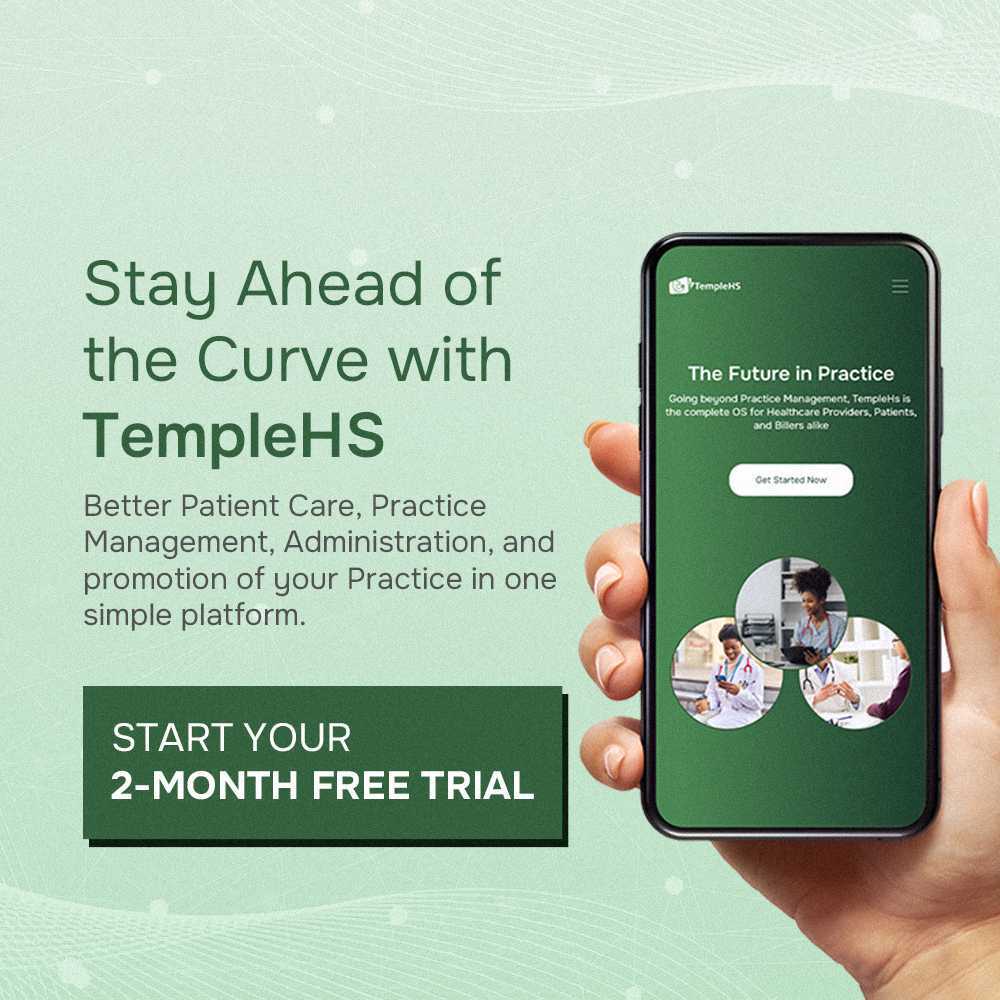Healthcare is for everyone. But sometimes, the way we set up our practices can unintentionally leave some patients feeling left out. Imagine being a patient who can’t enter a clinic because of a step at the entrance or someone who can’t communicate their needs due to language barriers.
Accessibility in healthcare isn’t just about physical spaces; it’s about making every patient feel valued, understood, and catered to. By taking a few thoughtful steps, healthcare providers can ensure their services are available and welcoming to all. Let’s look into some ways to make your practice more accessible to all patients.
How to Make Your Practice More Accessible to All Patients
1. Ramp Up the Entryways
Entrances and exits are the very first interaction a patient has with a medical facility. For those with mobility challenges, even a single step can pose a significant barrier. By ensuring that entryways have ramps or are flat and at ground level, the facility instantly becomes more accessible to those in wheelchairs, those using walkers, or those who have difficulty navigating steps for any reason.
In addition to ramps, it’s essential to keep these areas free of clutter and obstructions, ensuring that there’s enough width and space for everyone to enter and exit safely. It’s not just about compliance with building codes; it’s about showing empathy and consideration for the diverse needs of all patients.
2. Clear Signage
Navigating a medical facility can be a daunting experience, especially for first-time visitors or those with specific impairments. Clear, easy-to-read signage is crucial in guiding patients seamlessly through the facility. Using large fonts and high-contrast colors can aid those with visual impairments.
Also, including universally understood symbols or pictures can be a game-changer, especially for those who might not be fluent in the local language or for those with cognitive challenges. The goal is to make every patient feel at ease and reduce the potential stress of not knowing where to go or what to do next.
3. Language Services
Communication is the cornerstone of effective healthcare. When patients and healthcare providers don’t speak the same language, the risk of misunderstandings, misdiagnoses, or mistreatments can increase. By offering translation or interpreter services, practices ensure that patients can communicate their symptoms, concerns, and medical histories in their preferred language. Moreover, these services help in ensuring that instructions, treatment plans, and follow-up care details are clearly understood.
4. Training Staff
The physical amenities of a medical facility can only go so far in ensuring accessibility. The human element plays a massive role in the overall patient experience. By providing regular training sessions on accessibility issues and best practices, staff become more equipped to cater to patients with varying needs.
Such training should encompass understanding different disabilities, being sensitive to different cultural backgrounds, and mastering communication techniques that are both effective and empathetic. When staff are trained well, patients feel more at ease, valued, and cared for during their visits.
5. Flexible Appointment Scheduling
Every patient is unique, and some may require more time than others during their appointments. For instance, a patient with a physical disability might need extra time to transition from their wheelchair to an examination table. Patients with cognitive or developmental disabilities might benefit from longer, unrushed appointments where they can process information and communicate at their own pace. Then there are elderly patients who might appreciate the extra time to discuss their concerns.
Offering extended appointment times acknowledges these differences and ensures that every patient receives the care they need without feeling rushed. Additionally, offering appointments during off-peak hours can be a boon for those who prefer quieter environments or want to avoid crowded waiting areas, like patients with sensory sensitivities or anxiety disorders.
6. Accessible Technologies
The right equipment can make a world of difference in a patient’s experience. Adjustable exam tables, for example, can lower to a height that’s easy for wheelchair users to transfer onto. Chairs that offer good support and can adjust to different heights can make the visit more comfortable for patients of various sizes and abilities.
Beyond the basics, practices should also think of other medical tools and equipment they use. Are hearing aids available for those with hearing impairments during consultations? Is there equipment that patients with limited mobility can easily use? Ensuring that all medical tools are accessible not only makes the patient’s experience smoother but also showcases the practice’s commitment to comprehensive care.
7. Online Accessibility
In today’s digital age, many patients first interact with a practice through its website. But what if they can’t retrieve the information they need due to visual or hearing impairments? An accessible website will have features like text-to-speech capabilities for the visually impaired. This means that any written content can be read out loud, allowing those with vision challenges to access the information still. Additionally, for any videos or multimedia presentations, closed captioning ensures that those with hearing impairments can understand the content. Making these modifications not only broadens your audience reach but also ensures compliance with various digital accessibility standards.
8. Feedback System
No matter how proactive a practice is in ensuring accessibility, there’s always room for improvement. By setting up a system for patients to provide feedback, especially on accessibility issues, practices can gain insight into areas that might have been overlooked.
Patients can highlight challenges they faced, suggest improvements, or even commend the practice on things they did right. This constant loop of feedback ensures that the practice continues to evolve and cater to the diverse needs of its patients.
9. Regular Audits
Accessibility isn’t a one-time setup; it requires ongoing maintenance and updates. Regular audits help in identifying any wear and tear on equipment or facilities. For instance, a ramp that’s starting to deteriorate might become a hazard if not fixed promptly.
Similarly, new advancements or standards in medical care and equipment might emerge that the practice needs to adopt. By periodically reviewing its features, the practice ensures that it consistently offers an environment that’s both safe and accessible to all its patients.
Conclusion
Every patient deserves care that’s easy to access and meets their unique needs. By prioritizing accessibility in our practices, we’re not only complying with laws and regulations but also ensuring that everyone, regardless of their background or abilities, receives the care they deserve. Making a practice more accessible isn’t just the right thing to do; it’s a testament to our commitment to holistic and inclusive care.



